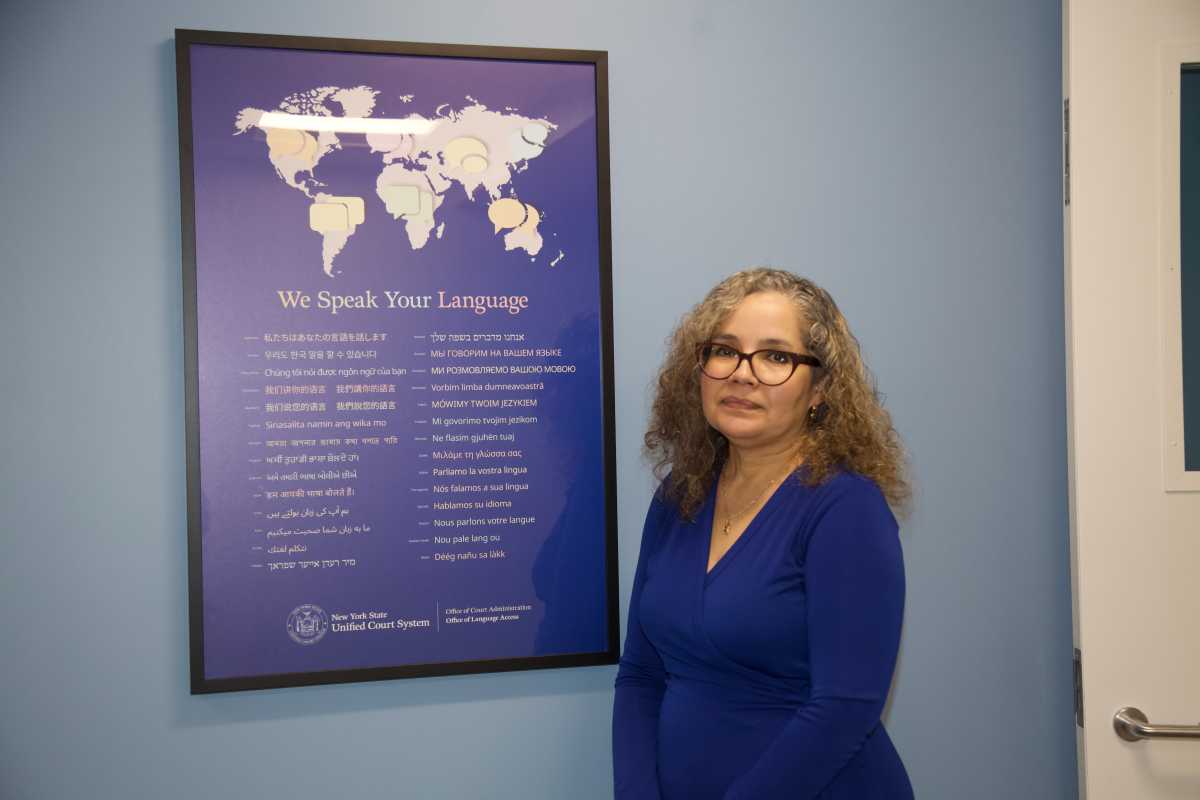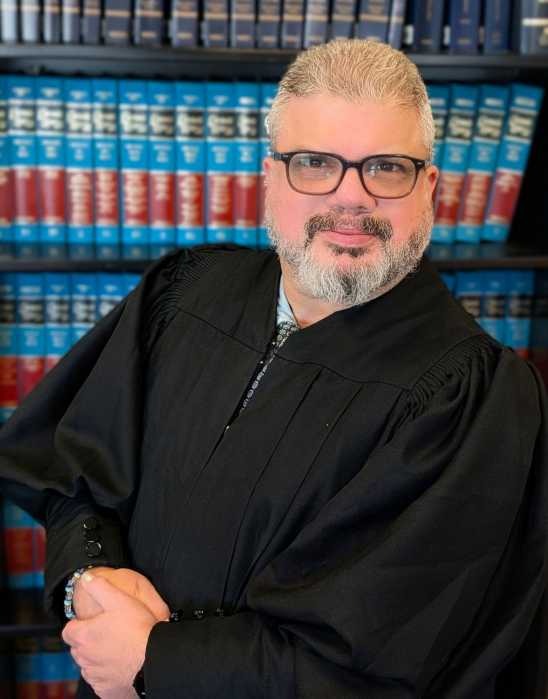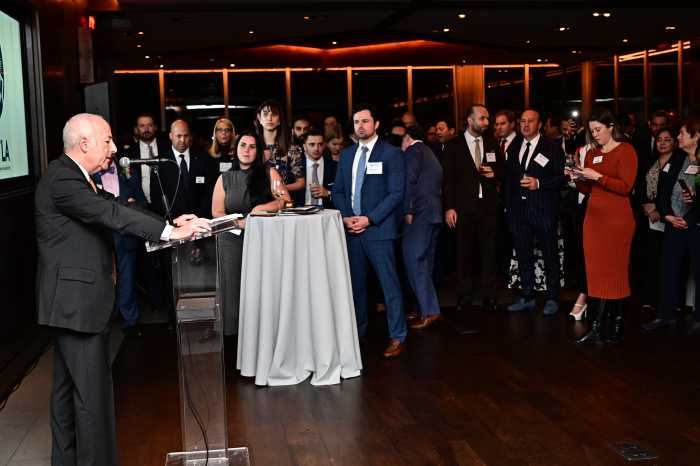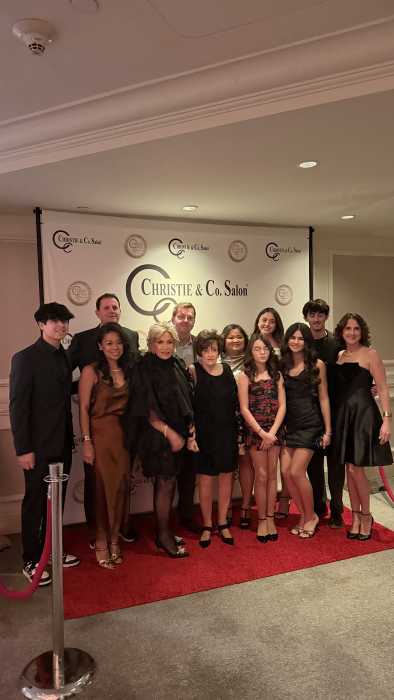In the New York state court system, the people translating for non-English speaking litigants are called interpreters for a reason.
“They are doing more than just repeating,” said Ann Ryan, a career interpreter who now heads the court system’s Office of Language Access as its statewide coordinator. “They’re taking those concepts and converting them into the same concept in another language. And that is a thoughtful but very rapid process.”
To the untrained eye, interpreters can seem to provide a seamless transition between languages, but that overlooks the challenges they face that transcend linguistics. They must also navigate cultural barriers, idioms, nonverbal cues and colloquialisms.
“How do you interpret when the DA references a television show to a limited English speaking court user [like] NCIS [Naval Criminal Investigative Service]?” said Shawn-Renee Guzman, principal court interpreter of Suffolk County.
The answer requires a snap judgment. Guzman described her job as being someone’s “ears and voice.” Without interpreters, the justice system ceases to function for non-English speakers.
“It would be very difficult to proceed with a matter if the person cannot answer questions in English, or if they do not understand the statements being made in English. Our fundamental role is to be able to facilitate that access to justice,” Ryan said.
Yet, as important as the job is — providing a courtroom lifeline for people speaking many languages, from Spanish to Urdu — New York’s court system is grappling with a shortage of interpreters.
While New York State courts used interpreters informally for decades dating back through the 20th century, it wasn’t until the 1960s when the courts began to formally recognize the right to an interpreter. It took until 2007 for a formal, statewide mandate for interpreter services in all court proceedings to become law.
In recent years, the landscape of interpreting in the state court system has continued to change. The pandemic turned remote interpreting from an experiment into a reliable practice that the court system uses to accommodate interpreters who live far away, or for languages where no local interpreter was available.
The court interpreters interviewed by amNY Law said that throughout their careers, they have noticed a greater awareness and appreciation of the importance of the role that interpreters play — with more judges and lawyers supporting how interpreters thoroughly explain a defendant’s rights.
“There’s definitely a sense of cultural fluency,” said Ryan, who began her career as a freelance interpreter in the 1980s and continues as an administrator to take interpreter shifts as needed. “And there’s a sense that there’s an understanding that the interpreter is here and now we’ll all work together as the courtroom team.”
But these professional changes have not been able to increase the number of interpreters, which has declined since before the pandemic. From 2019 to 2025, the state court system lost 66 staff interpreters in New York City, a 27 percent decrease in interpreter staffing; and 69 interpreters statewide, a 23% decrease.
The staffing shortages have prompted the court system to recruit and hire additional staff, using “per diem,” or freelance, court interpreters throughout New York’s 62 counties. Those freelance interpreters, which Ryan said the system is looking to hire for nearly all languages, number around 2,000 interpreters in a statewide registry.
As part of this effort to recognize and improve its language access workers, the New York State Court System has designated Sept. 30 as “UCS Interpreter Recognition Day” when administrative judges and other key judges will set aside time to recognize the work of interpreters.
“When there’s no awareness about the role of the interpreter it creates an atmosphere that could be a little bit tense, a little bit intimidating because the interpreter feels the pressure of parties that are present and do not know the role of an interpreter,” said Rene Medina, the principal court interpreter for the Criminal Court of New York City. “So for me that is the biggest need: to create awareness.”
Medina is responsible for directing the 80 interpreters under his supervision to make sure every criminal court across the city is staffed as needed and wrangling any additional freelance interpreters.
His day starts early and is unpredictable. It often involves making last-minute calls to reassign per diem interpreters or, in rare cases, reaching out to interpreters in other states to tune in virtually for less common languages. The language diversity of the city means that Medina oversees a huge variety of in-demand languages. Spanish and Mandarin are the most common, he said but other requested languages include Bengali, Urdu, Punjabi, Haitian Creole, Russian, Arabic and Polish.
To date the court system has provided language access to court users in over 125 languages. Medina and his team track language requests to identify trends in New York City to ensure they have a list of reliable per diem interpreters for languages they don’t have on staff, such as Georgian, Turkish, or Albanian.
Ryan monitors the entire state. When her team noticed, for instance, that there was a growing community in central New York of Bosnian speakers, they had to start doing outreach to make sure those people were supported in the courtroom.
“Every day is a learning experience,” Ryan said.
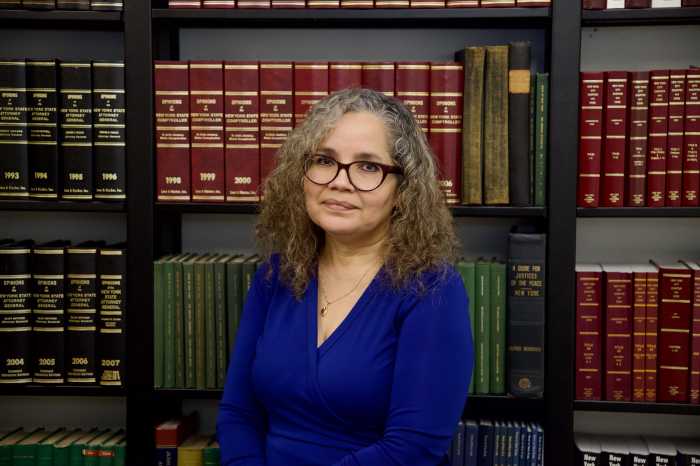
When courts call her office about a language they can’t find in the interpreter registry, her team of seven does the research, figures out where the language is from, reaches out to resources for “vulnerable” languages and eventually finds an interpreter.
These investigations prompted some of the court system’s first experiments with virtual interpreting, which the pandemic accelerated.
Prior to the pandemic, they had experimented with remote interpreting to accommodate interpreters who lived far away or for languages where no local interpreter was available. Medina remembered the first time he had to use a virtual interpreter, it was for an indigenous Latin American language. The only translator that he could find didn’t live in New York or speak English, so he relied on “relay interpreting” using steps, translating English to Spanish, and Spanish to the indigenous language and vice versa.
This pre-pandemic experience meant they “hit the ground running” when remote work became mandatory. While virtual interpreting has provided more flexibility, Medina said in-person interpreting results in the most meaningful access to justice with the incorporation of non-verbal and private conversations between attorneys and clients, so that’s something the court will prefer in considering whether to allow a virtual interpreter.
But when for instance, Medina got a request for Tamil, an ancient lingua franca originating in South India, the only interpreter available was in Sri Lanka, and so the court went along with it.
The profession’s newfound flexibility is also part of what’s at stake in its hiring challenges. Many qualified interpreters prefer to freelance, because it offers more freedom and pays a competitive rate of $385 for a full day, compared to a staff interpreter’s salary of $70,000 – recently increased from $61,000.
As freelancers, interpreters can set their own schedules, choose assignments, and work jobs in other sectors like medical interpreting or for the Department of Education.
Another reason that it’s difficult to get more new interpreters in the door is that the exam is rigorous. Applicants fail because they believe being bilingual is enough but stumble on specific skills like simultaneous translation — real-time communication where the interpreter speaks at the same time as the speaker — or the ability to code-switch, the skill of alternating between languages within a single conversation.
To attract new talent, Ryan spearheaded an internship program in 2018 that partners with local universities to provide students with training, court visits, and mentorship. Since its inception, it has already led to the hiring of 12 interpreters.
Ryan said while having staff interpreters makes the system run more smoothly, the court system is hiring in most languages for both freelance and staff interpreters. She noted that the fixed schedule was a challenge for her when she transitioned from a freelancer to a staff interpreter, but that she wouldn’t have changed a thing.
“Public service to me is a calling. And I’ve been very fortunate to be able to answer that call,” Ryan said. “I’ve been fortunate to have been born with parents who spoke Spanish and was able to learn the English language here in school. It really is a gift.”



